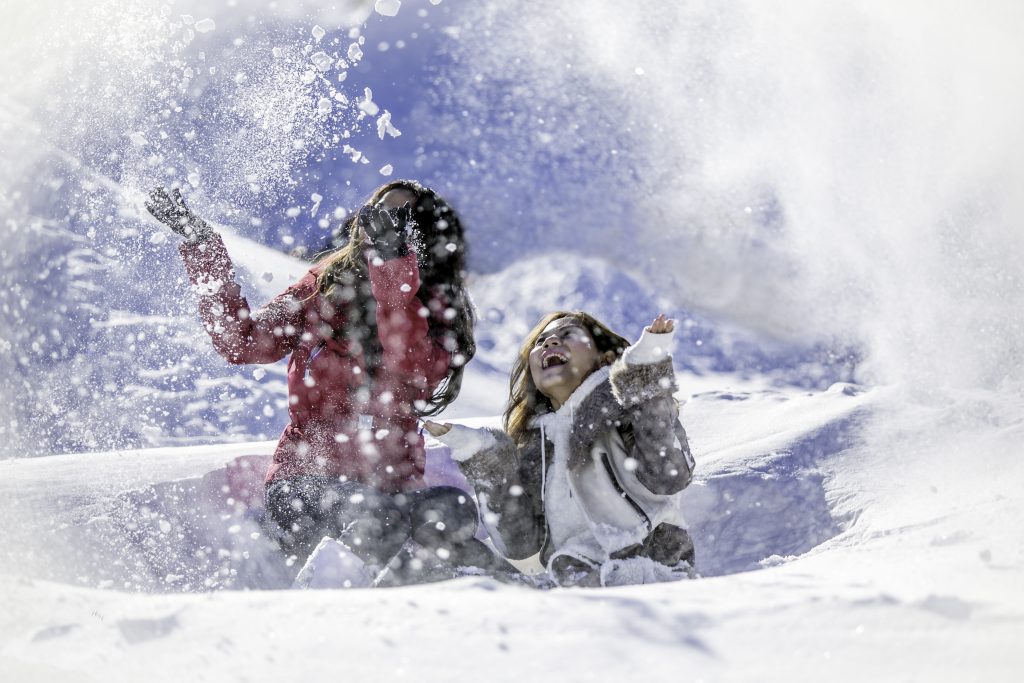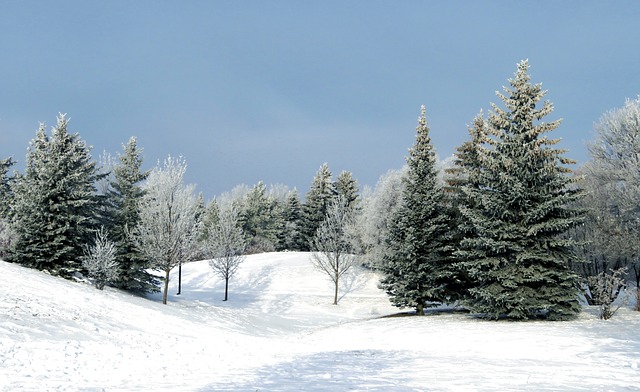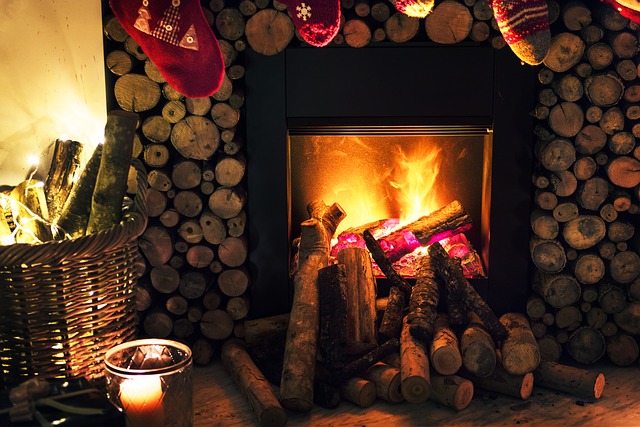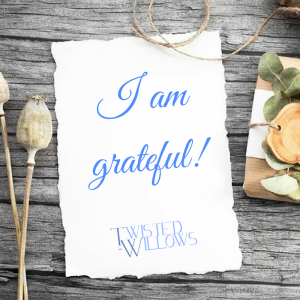 With Yule being one of the oldest winter celebrations. It will be of no surprise, that many of its traditions have been adapted during the passing of time.
With Yule being one of the oldest winter celebrations. It will be of no surprise, that many of its traditions have been adapted during the passing of time.
Originally a Pagan festival of the Sun and celebrated on the shortest day of the year. The Winter Solstice was a celebration marking the return of the Sun and the rebirth of nature that this would bring. Often elements of nature would be used to symbolise, the restoration of life and its survival from the darkness.
 Mistletoe would be collected by Druid priests and hung outside homes as symbol of protection and fertility.
Mistletoe would be collected by Druid priests and hung outside homes as symbol of protection and fertility.
This is because during winter when all of the tress are bare, you can still see the mistletoe growing, a sign that life can endure.
The tradition of kissing under the mistletoe can be linked to its symbolism of fertility. There are various stories from different cultures in regards to the symbolic meaning. With the majority linking this plant to love, friendship, fertility and peace.
 Evergreens were also widely used within the homes of pagans.
Evergreens were also widely used within the homes of pagans.
The evergreens symbolised everlasting life and reminded people to look towards the future and spring. It is unclear when `Christmas trees` were first brought into homes but they would have originated from this pagan tradition.
 Fire was often used to symbolise the Sun, the Druids would burn a ‘Yule’ log. As they believed that the sun would stand still and so they would burn the log during this time to keep evil spirits and the darkness at bay.
Fire was often used to symbolise the Sun, the Druids would burn a ‘Yule’ log. As they believed that the sun would stand still and so they would burn the log during this time to keep evil spirits and the darkness at bay.
Other traditional ceremonies would involve burning an Oak log (to represent the Oak King) partially, over 12 nights from the shortest day. This would also be in celebration of the returning Sun. The ashes would then be used in pouches as protective charm in the home.
Not many people have open fires within their homes now so this can be done in a fire pit outside. Alternatively use a log and drill 3 holes in it – to hold candles which can be burnt each night. You can also use candles to represent and honour the goddess – as maiden, mother and crone.
Altars…
Many practising Pagans will have an altar within their homes. These can be used to reflect the changing seasons and festivals to suit individual needs. However consider the colours you use and how you wish to honour this time of year. To symbolise nature use evergreens and berries. Cloths can be used in vibrant colours of red, green and gold to represent the sun. Holy is a symbol of good luck and Mistletoe for protection. You could place a Yule log in the centre of the altar.
Water is also a positive element to focus on, as we approach the New Year.
This element represents love, purity, healing and cleansing. It also maintains life by rehydrating us.
If it does snow then take this opportunity to go and collect some for your altar.
Collect the snow into a bowl and place on your altar or in front of you in a quiet place.
Take time to sit and meditate.
As the snow melts… picture letting go of your physical tension and emotions let them melt away from you. Then repeat this blessing
 Yule Blessing
Yule Blessing
I am grateful for the things that I have.
I am not mournful for the things that I do not have.
I have more than others, and less than some.
Where there is darkness, I will allow the Sun to shine.
I am thankful for my family.
I am thankful for my health, my home and the abundance in my life.
I look to the future and look forward to the sun and its light.
– Twisted Willows

